Synopsis:
Good looks never sounded so good. Remember Whitney Houston’s performance of “The Star Spangled Banner” at Super Bowl XXV? She was a beautiful woman and her performance that day was musically memorable. That’s what I thought after using Edwina. You CAN be eye candy and sound sweet, too.
By Jonny Rosch
Final Analysis: I like it. I like it a lot. I like the sound of it. I like the looks of it. I think the price is more than fair.
Long form and specifics:
A young man with an old soul, Philip Graham founded Ear Trumpet Labs and they craft all of their products by hand. This lost, artistic, old-world sensibility seems to permeate the company in all departments—from the artisan craftspeople, to the aesthetics of their microphones, right down to the names of their microphones. I’m reviewing the microphone known as Edwina, one of sister microphones Josephine, Edna, Evelyn, Mabel, Myrtle, Louise, and Chandelle.
It’s obvious that this company has its own vision as well as a real commitment to making something for all the right reasons. After all, hand crafting a microphone that will satisfy the sonic needs of discriminating artists with a visual aesthetic that will probably appeal only to a specific customer base…let’s just assume that profits aren’t foremost on their mind, the mics are.
To the point: a review.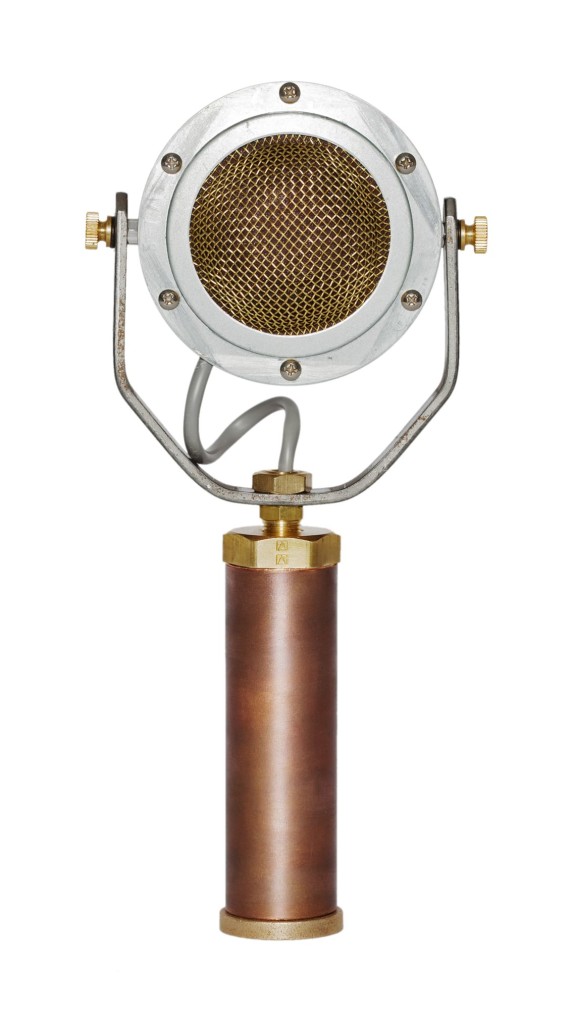
Edwina: A large-diaphragm condenser microphone.
You’ll need to use phantom power. (The person who came up with the name for this use of a convenient DC power source for condenser mics even used a really cool word like “Phantom” in lieu of some geeky, tech phrase such as “simplex voltage power.”)
First impressions: The box it comes in.
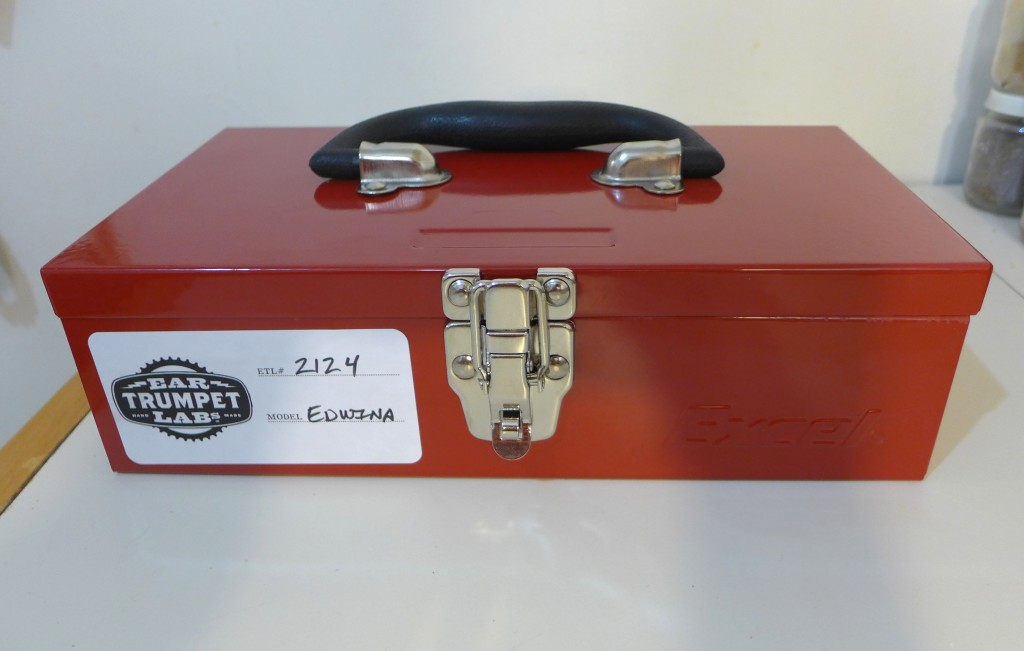
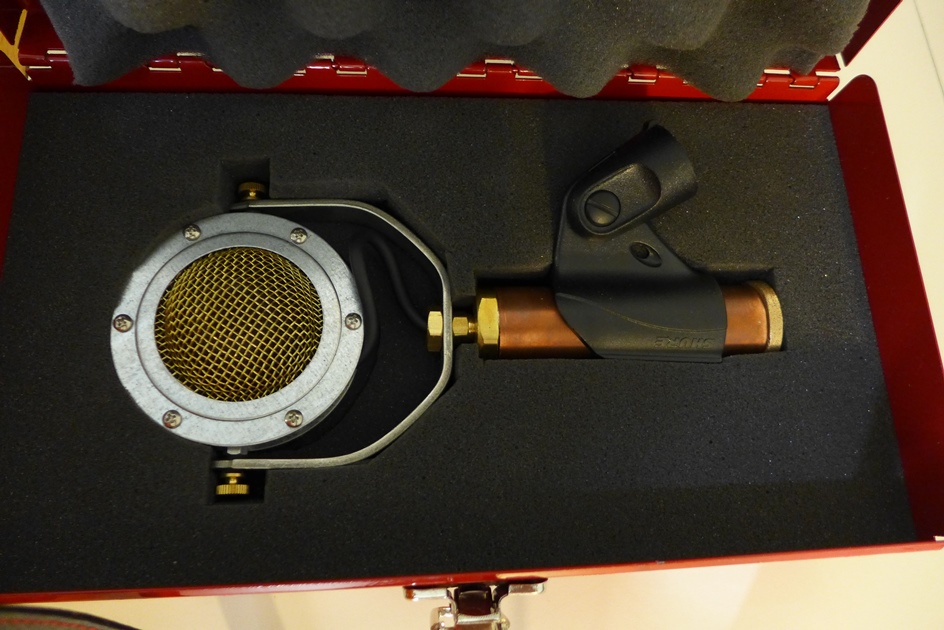
I’m going to ignore the good advice that Bruce Springsteen once gave me when he said, “Jonny, never drop names.” Sorry Bruce. The late, great fashion designer Perry Ellis once imparted to me, “Presentation is 90% of the deal.” The Ear Trumpet’s totally cool, red metal box reminded me of something I would have found on my grandfather’s workbench in the 1950s or 1960s. It evoked a flood of sweet, nostalgic memories, but like a good American I quickly squashed all of those romantic sentiments and went directly into intellectualization mode: smart move, Ear Labs. If Ear Labs took the time to think about the box, there’s a better than fair chance that they spent at least equal time on what is inside.
Edwina. What is she? 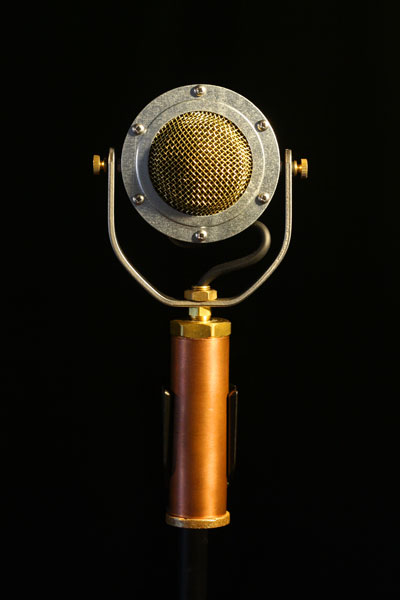
Most of the artists and bands that you’ll see using these Ear Trumpet mics tend to be musicians born probably somewhere between 1980 and 1990, but like to pretend that they were born in the 1930s or ’40s. You can hear it in their music and see it in their clothes. That’s not a bad thing. I mean, have you looked around lately in past four or five decades? Not a whole lot to hang your hat (or music) on.
Recording sessions with Edwina:
Session #1: We used Edwina on the drums. The style of music was rock and the instrumentation was both electric and acoustic. The band was playing live and we used Edwina as a room mic for the drums. It was set up approximately 25’ away from the kit.
Edwina picked up a good balance of the entire drum kit from that distance. We all found the sound to be very pleasing in a variety of ways. Warm and clear, it gave us a versatile sound that would be great when used either clean, or with various amounts of compression. The cymbals sounded surprisingly nice and not overtly bright, unlike other room mics I’ve used for this type of application.
Session # 2: The mic was used specifically on the saxophone, which was going through a variety of delay pedals. The live band consisted of guitar, bass, drums, keyboards and the sax. It was predominantly electric instruments and the genre would best be described as “experimental.” We set the mic up about one foot from the bell of the saxophone. Josephine produced a smooth, mellow sound that worked quite well with the multiple layers of heavy delay processing. We both agreed that it had almost a ribbon mic character. Not a great deal was needed to be cut in the mix. If anything, the bass frequencies were boosted a small amount.
Strengths: The mic didn’t pick up a lot of harsh high frequencies.
Limitations: It did pick up a considerable amount of bleed from drums compared to mics with tighter pickup patterns that I’ve used for the same application. That said, it was a small room and heavy music.
Session #3: Vocals on a piece that was just piano and voice. The piano had already been recorded. I was interested in trying the mic on the vocals for this particular piece of music; the piano parts had been intentionally recorded in two different styles, one jazzy and the other more gospel. The differing styles allowed me to experiment on the vocal recording with two different vocal approaches—the jazz vocal recording being a bit softer and breathier, and the gospel version more gutsy and bluesy. I was very pleased with both results. This mic does the “breathy” stuff extremely well: smooth, warm, clear and pleasing. On the more intense vocal track, this microphone surprised me by holding its own there. I was the vocalist on both tracks and therefore had a strong idea of what dynamics I could or couldn’t use and what mic technique and proximity to employ. Suffice it to say, if you are recording a vocalist who has experience, or you are a producer/engineer who can relate those considerations to the singer, you’re good to go with Edwina for a variety of vocalists and genres.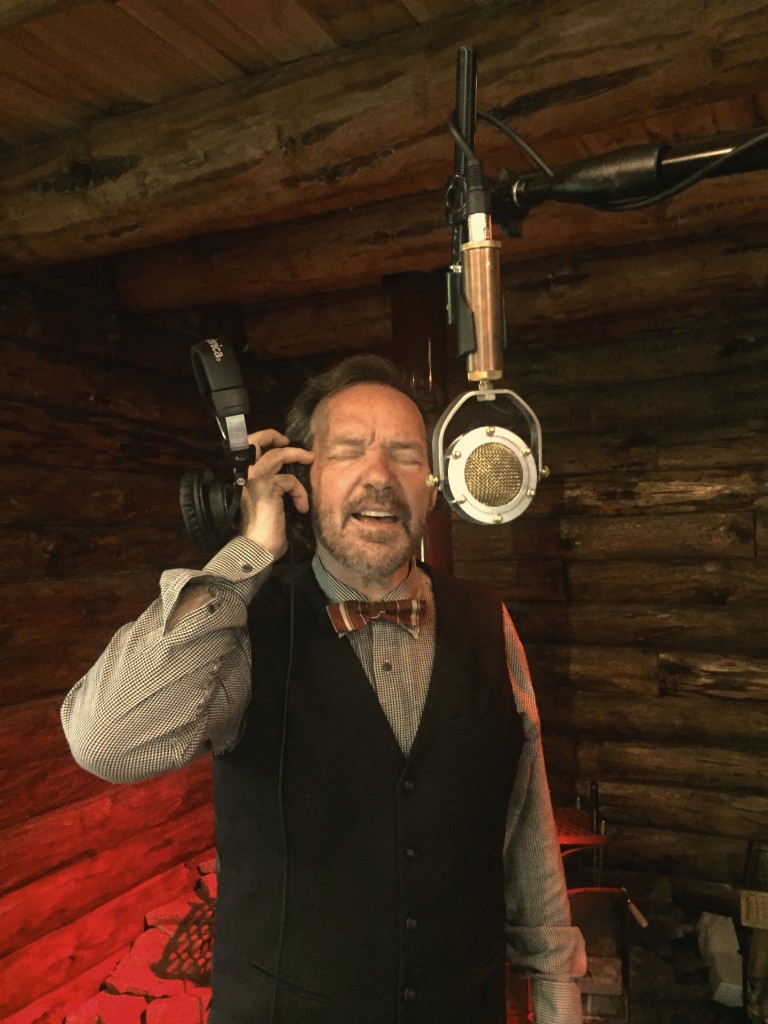
Final Analysis:
I like it. I like it a lot. I like the sound of it. Edwina has a warm mellow sound. It is particularly great at taming sources that have more high frequency information than is needed for a recording, without giving you the ubiquitous harshness we often experience.
I like the looks of it. I think the price is more than fair. It compliments my arsenal of other microphones and it is useful in more variations and situations than I had originally anticipated. It works for many applications. For many vocals and instruments it’s fine all on its own. However, it is equally useful as an alternative room or ambiance mic when combined with other more specific mics.
I for one welcome and applaud all aspects of the Ear Trumpet Labs mics, from the sonic quality, whimsical names, price point, right down to the visual aesthetics. Keep it up you guys and gals. If it ain’t baroque, don’t fix it.
Review translation for the good folks at Ear Trumpet Labs:
Edwina, you’re quite a dame. You’re swell, see? You’re spiffy and swanky and you got a great lookin’ chassis to boot. I ain’t no pushover, I just wanna tell ya, on the level, there ain’t a lot of tomatoes like you out there.



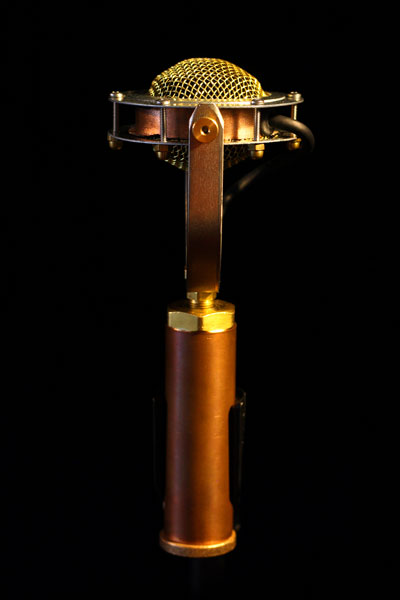
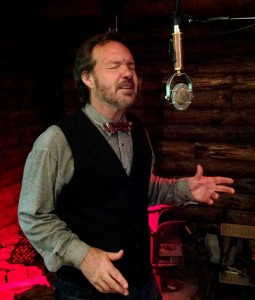

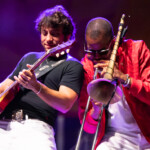

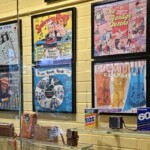

Be the first to comment!